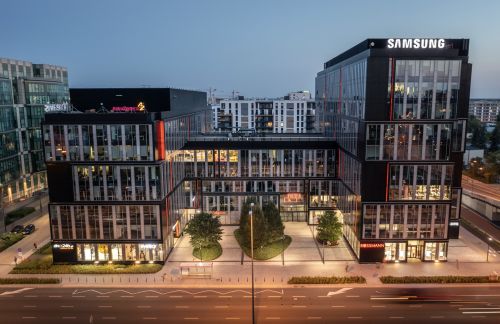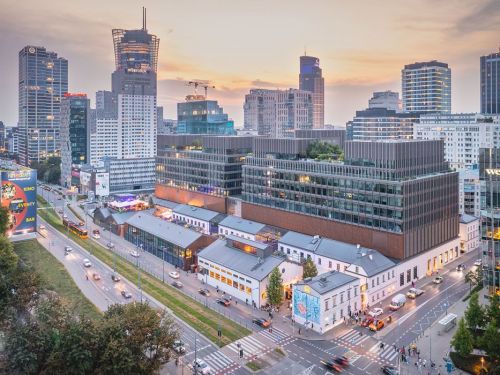Rafał Ostrowski, ‘Eurobuild CEE’: The economy has been slowing down in Poland and globally. How will this impact the Warsaw office market?
Mikołaj Laskowski, head of office agency, BNP Paribas RE Poland: This year and the next will definitely be good for developers in Warsaw.
Małgorzata Fibakiewicz, managing director, office class sector and strategic projects, BNP Paribas RE Poland: We certainly have a good year ahead of us. However, due to the shortage of space I think that tenants should speed up their location decisions. 2014–2017 were more laid back in this respect. Now they have to realise that dragging out such decisions can result in being left without the particular premises they had their eyes on or without the features that were important to them.
Why?
ML: Because we have an unprecedented situation on the market. It’s only the beginning of the year, and within the city centre and near centre it’s difficult to find a unit of more than 5,00































































